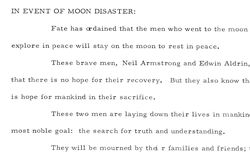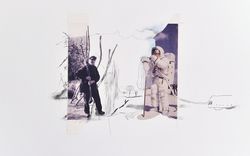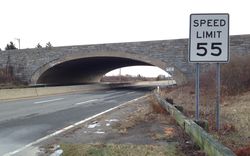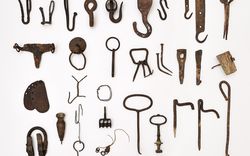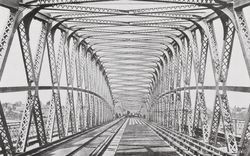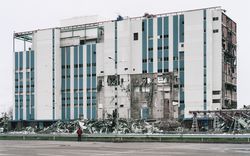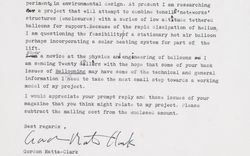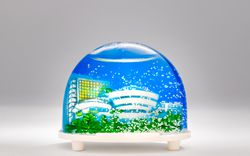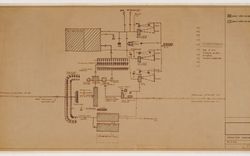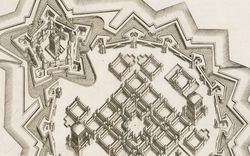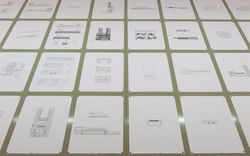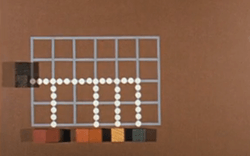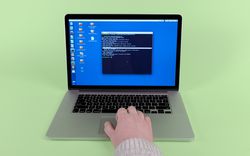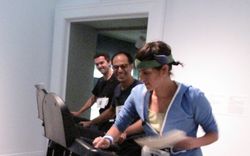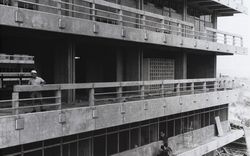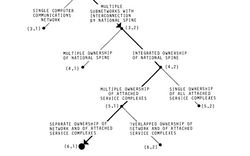The Information Hive
A reading of Cedric Price’s Oxford Corner House
Cedric Price’s Oxford Corner House (1965-66) was an unrealized project for a public communications and learning centre, modelled loosely on Price’s contemporary Fun Palace. The project was to transform the physical interior and the conceptual operation of the J. Lyons & Co. Corner House located on Oxford Street in central London.1 The result was to be a twenty-four-hour “information hive” with facilities for conferences, teaching, exhibitions, computer use, a planetarium, an audio/visual library, and public seating areas, for up to five thousand people. An alternative to England’s small, exclusive universities, it would also function as a “town hall,” increasing the visibility and accessibility of educational facilities and information services within the urban core.
J. Lyons & Co. was a large and diverse British catering and food manufacturing and distribution business founded in 1887. Its public face consisted of a chain of tea shops and, beginning in 1909, a series of twenty-four-hour Corner Houses comprising food halls, hairdressing salons, telephone booths, and individually themed restaurants with costumed wait staff and musicians spread over four or five stories and each employing as many as four hundred people. By the early 1960s the company was losing money, in part owing to a new, younger generation that favoured American fast food.
-
On J. Lyons & Co., see An electronic history of J.Lyons & Co. and some of its 700 subsidiaries ↩
Oxford Corner House was therefore meant to be an experimental repurposing of these prime downtown locations. In an internal memo dated 20 September 1965, the client Patrick Salmon stated his belief in the enormous potential in catering to the leisure activities of the populace and in the potential for Oxford Corner House to establish a new social pattern, as had occurred with the original tea shops at the turn of the century.
Long before the advent of personal computers, much less internet cafés, Price conceived of Oxford Corner House as a communication hub in the community. He explored a wide range of technological devices that could function as educational and training aids: the Eidophor projection system that could project televised programming onto large outdoor screens in full daylight; the Link System for Indoor Driving Tuition, a simulated driving machine; and IBM computers with a capacity of 844,000,000 characters (and an expected monthly rental fee of £17,500).
To ensure a flexible design allowing for unanticipated uses, Price planned to tap into the London Hydraulic Power Company’s pneumatic power grid to enable the raising and lowering of entire floors. To maximize the physical interaction of users, Price devoted numerous drawings to alternative floor layouts that studied varying conditions of privacy, from “individual self-contained” to “variable periphery.”1 And in order to prevent the significant presence of technology from dominating users he proposed ceiling-mounted projectors and then exhaustively studied the necessary angles of projection for rooms of different dimensions. In notes to one such drawing, Price considered the potential impact of different forms of media on the active participation of users—referring to the “hot” medium of film versus the “cold” medium of television—revealing his reading of Marshall McLuhan’s recently published Understanding Media (McGraw-Hill, 1964).2
-
Diagrammatic plan illustrating possible arrangements of activities for Oxford Corner House. Cedric Price Fonds, CCA, DR1995:0224:043 ↩
-
Cedric Price Fonds, CCA, DR1995:0224:077. The text on the drawing reads: “So far people are involved simultaneously with: 1) The hot medium of film; 2) the cold medium of TV; 3) The hot medium of written word (which I suppose may be transformed to a cold medium when shown on a TV receiver); 4) The hot medium of radio & sound generally; 5) The hot medium of print on panels around the building.” ↩
There are more than three hundred drawings and photographs and 0.20 linear metres of documents for this project in the Cedric Price archive at the CCA. In a memo to his model maker dated 9 December 1965, Price specified that the model, also part of the archive, be robust “since it is to be used in this office as a working model and not merely for display.”1
-
Cedric Price Fonds, CCA, DR1995:0224:342:001 ↩
Drawings, letters, newspaper clippings and network diagrams related to Oxford Corner House are part of the CCA holdings in the Cedric Price fonds.
